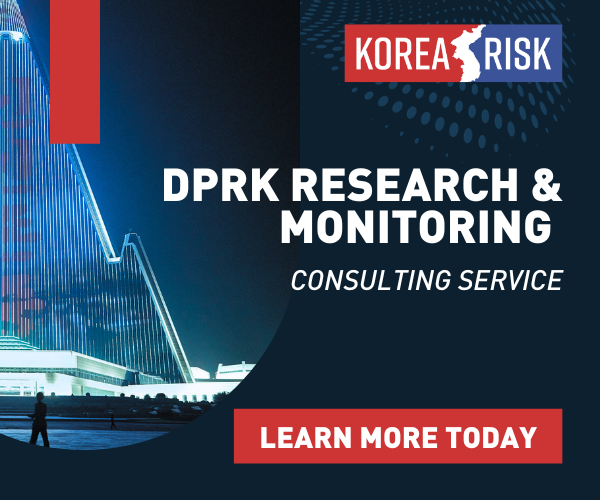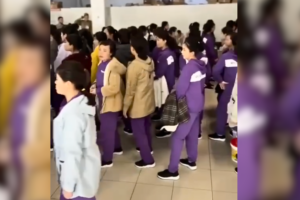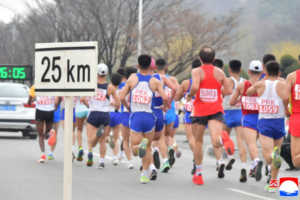Despite a reputation for Soviet-era design, overt political propaganda and gray, imposing skylines, North Korean approaches to architectural design have been changing with increasing pace in recent years.
Once a city dominated by uniform Eastern European-style super-blocks, a look at the ever-changing skyline of Pyongyang shows architects are being given increased freedom to design creatively. The result: a more individualistic and street-based approach to design, with buildings in the North Korean capital increasingly colorful, curved, but still overwhelmingly concrete.
Despite a reputation for Soviet-era design, overt political propaganda and gray, imposing skylines, North Korean approaches to architectural design have been changing with increasing pace in recent years.
Once a city dominated by uniform Eastern European-style super-blocks, a look at the ever-changing skyline of Pyongyang shows architects are being given increased freedom to design creatively. The result: a more individualistic and street-based approach to design, with buildings in the North Korean capital increasingly colorful, curved, but still overwhelmingly concrete.
Try unlimited access
Only $1 for four weeks
-
Unlimited access to all of NK News: reporting, investigations, analysis
-
Year-one discount if you continue past $1 trial period
-
The NK News Daily Update, an email newsletter to keep you in the loop
-
Searchable archive of all content, photo galleries, special columns
-
Contact NK News reporters with tips or requests for reporting
Get unlimited access to all NK News content, including original reporting, investigations, and analyses by our team of DPRK experts.
Subscribe
now
All major cards accepted. No commitments – you can cancel any time.










